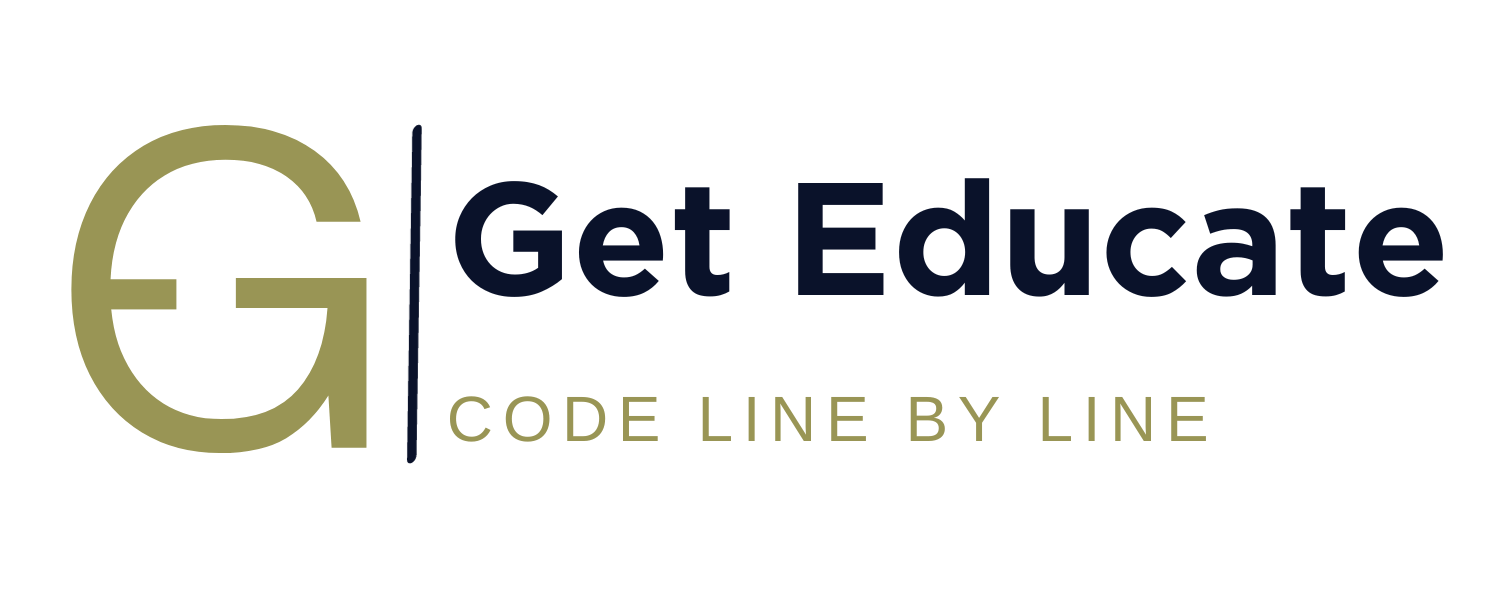Contents
Introduction to Problem Solving
⯈Algorithm and its Characteristics
⯈Elementary Problems
- Addition of two numbers
- Calculate area and circumference of circle
- Calculate area of triangle
- Calculate simple interest
- Calculate slope and distance between two points
- Convert length in feet to inches
- Weighted score in exam
- Convert temperature in degree Celsius to Fahrenheit
- Swap two numbers
- Swap two numbers without using extra variable
Basics of C Programming
- Overview of C Programming Language
- Getting started with C Programming Language
- Keywords
- Identifiers
- Constants
- Operators
- Expression Evaluation
- Mathematical expression to C equivalent expressions
- Datatypes
- Variables
- Integer representation in C
- Character representation in C
- Type conversion in C
- sizeof operator
- Comments
- Mathematical Functions
- input output statements
- width specifiers in C
- structure of a C program
- header files
- Compilation process of a C program
- Types of initializations.
⯈Basic C Programs
- C program to add two numbers
- C program to find area and circumference of circle
- C program to swap two numbers
- C program to swap two numbers without using extra variable
- C program to swap two numbers using bitwise XOR
- C program to convert temperature in Celsius to Fahrenheit
- C program to calculate gross salary of an employee
- C program to count number of digits in a positive integer
- C program to count number of digits in binary representation
- C program to count number of digits in base ‘K’
- C program to convert kilometer to meter, feet, inches and centimeters
- C program to find first and last digit of a number
- C program to find minimum number of currency denominations
- C program to convert cartesian coordinates to polar coordinates
- C program to find distance between two places on earth in nautical miles
- C program to find slope and distance between two points
- C program to add 1 to the number using ‘+’ operator
- C program to find maximum of two numbers using ternary operator
- C program to find maximum of three numbers using ternary operator
- C program to find kth bit of a number
- C program to find last four bits of a byte
- C Program to reset right most set bit of a number
Conditional operator in C (?:)
- It is a ternary operator.
- The operator is ?:
- It acts on three operands to give the answer.
The syntax for using the ternary operator is
y = a? b : c;
where ‘a’, ‘b’ and ‘c’ are operands.
y = b, if ‘a’ is TRUE.
y = c, if ‘a’ is FALSE.
You may also refer to the video posted at the end of this page.
Examples:
y = (4>2) ? 4 : 2;
Evaluate (4>2), since 4>2 is Ture, we take the value written in between ? and : and that is 4.
So, y = 4
y = 0==0 ? 1 : 0;
Evaluate (0==0), since 0==0 is Ture, we take the value written in between ? and : and that is 1.
So, y = 1
y = 4!=4? 1 : 0
Evaluate (4!=4), since 4!=4 is False, we take the value written after “:” and that is 0.
So, y = 0
